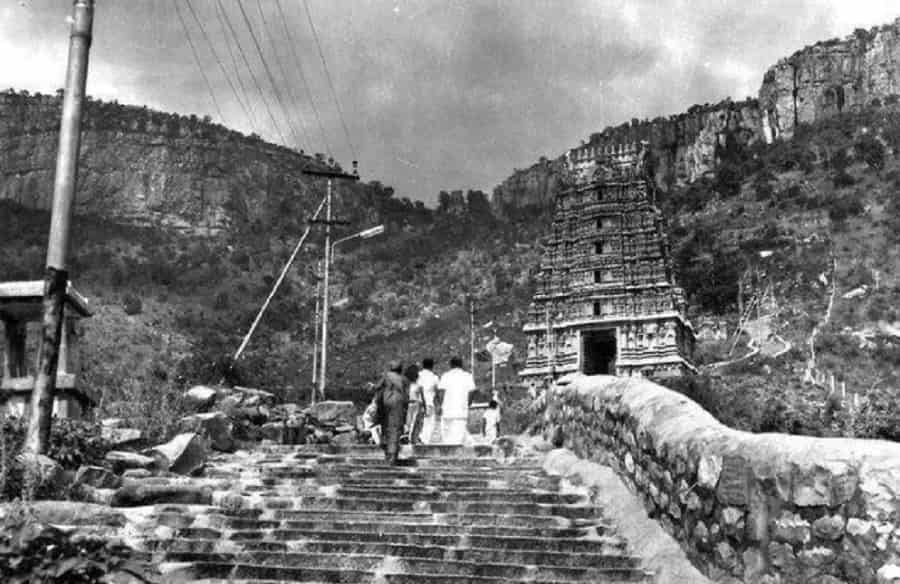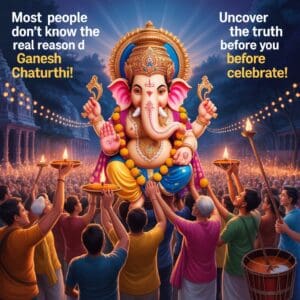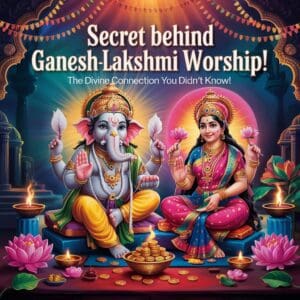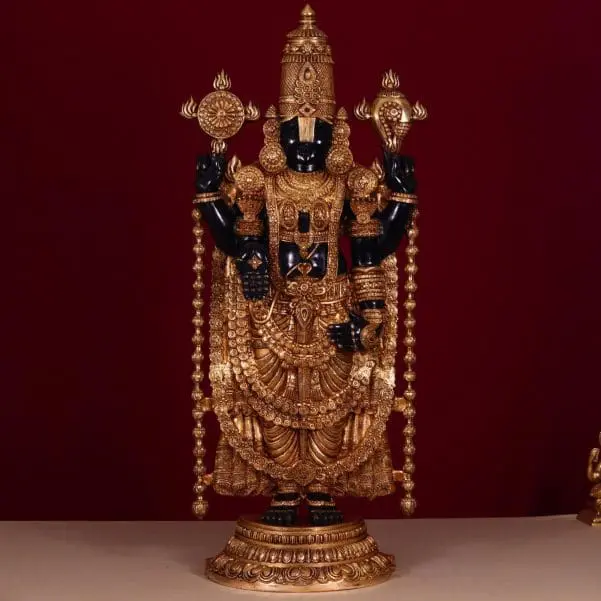
History of Tirumala Temple | How old is Tirupati Balaji Venkateswara Swamy Temple
Age, Origin, and the Divine Story of Lord Venkateshwara
Chapter 1: The Eternal Hill of Tirumala – A Sacred Land Beyond Time
Perched upon the seventh peak of the Seshachalam Hills, Tirumala is not just a geographical location—it is a timeless realm of divine presence. Believed to be over 2000 years old, this sacred land was known as Venkatadri, one of the seven sacred hills. According to ancient scriptures, the Venkateswara Temple at Tirumala is a manifestation of Lord Vishnu who descended in Kaliyuga to guide the world toward dharma.
Legends claim that this hill was chosen by the divine serpent Adisesha, who wished to serve the Lord by becoming His eternal seat. The temple is nestled at an elevation of 3,200 feet, surrounded by dense forests, which were once the meditation grounds of sages like Kashyapa and Agastya. It is here that Lord Vishnu chose to appear as Srinivasa to end the sorrow of the celestial and human worlds alike.
Chapter 2: The Tale of Lord Venkateswara – From Vaikuntha to Tirupati
The Tirupati Balaji story is a celestial tale woven through love, debt, and devotion. According to the Venkatachala Mahatmya of the Skanda Purana and the Varaha Purana, Lord Vishnu incarnated as Srinivasa and descended to the Earth to marry Padmavati, the daughter of King Akasa Raja.
In this divine tale:
- Goddess Lakshmi leaves Vaikuntha after an argument with Vishnu.
- Vishnu descends as Srinivasa and resides on Venkatadri.
- He falls in love with Princess Padmavati and seeks her hand in marriage.
- To fund the grand wedding, Lord Vishnu borrows money from Kubera, the celestial treasurer.
To this day, it is believed that the donations offered by devotees help repay that debt. Thus, Tirumala’s Hundi is not just a tradition, but an ongoing divine transaction filled with devotion.
Chapter 3: When Was Tirumala Temple Built? Myth, Records and Sacred Inscriptions
The question of when the Tirumala temple was built is as layered as the temple’s own history. While spiritual belief holds that the deity is Swayambhu—self-manifested since the dawn of Kaliyuga—the historical framework offers fascinating timelines.
Ancient Mentions:
- References to the Tirumala shrine appear in Tamil Sangam literature, particularly in the devotional hymns of the Alwars, dating back to the 6th century CE. Saints like Thirumangai Alwar and Nammalwar sang praises of Lord Vishnu residing on Venkatadri.
Early Royal Patronage:
- 9th Century – The Pallava dynasty provided the first structured support, including endowments and maintenance.
- 10th–12th Century – The Cholas, Pandyas, and Yadavas of Deccan contributed to the development of the temple’s early structure, especially the outer prakarams and mandapas.
Vijayanagara Empire and Temple Flourishing:
- Early 14th Century – With invasions threatening northern temples, the south became a stronghold for Vaishnavism.
- 16th Century – Krishna Deva Raya, the famed emperor of the Vijayanagara Empire, is one of the most notable patrons. He donated gold, jewels and sanctioned massive architectural renovations, including the iconic Gopuram (gateway tower).
- Inscriptions from this period still exist on temple walls, offering evidence of grants, land donations, and rituals practiced then.
Colonial and Modern Period:
- 18th–19th Century – The temple continued under local chieftains and the East India Company’s indirect supervision.
- 1933 – The formation of the Tirumala Tirupati Devasthanams (TTD) modernized management.
Through all these phases, the Moolavirat (main idol) remained unchanged—worshipped continuously, never replaced or altered. Devotees believe it marks the very moment of Vishnu’s descent, not tied to any one era but an ever-present divine flame across time.
Chapter 4: Miracles, Beliefs, and Daily Mysteries of Lord Balaji
The lore of Lord Balaji is filled with mysteries that science cannot explain:
- The idol remains cool despite constant oil and camphor offerings.
- A peculiar crack on the deity’s chest, believed to have occurred when Lakshmi discovered Srinivasa’s second marriage.
- Flowers offered in secret at midnight are later found at the feet of Lakshmi’s shrine in the nearby Varahaswamy temple.
Even the hair of the deity, said to be smooth, tangle-free, and always fresh, adds to the belief that Balaji is not an idol but a living god. The temple’s traditions of tonsuring, laddoo prasadam, and free meals for pilgrims all contribute to a spiritual ecosystem that millions participate in.
Chapter 5: Global Legacy – From Ancient Hills to Modern Hearts
The glory of Tirupati Balaji has crossed oceans:
- Balaji temples exist in Pittsburgh (USA), London, Mauritius, and Malaysia, inspired by Tirumala.
- Pilgrims from all corners of the globe undertake virtual darshan or sponsor rituals in the name of family.
The TTD (Tirumala Tirupati Devasthanams) manages not just the temple but educational institutions, hospitals and cow shelters, carrying forward dharma in Kaliyuga. The modern world may be fast, but the rhythm of life at Tirumala remains eternal—anchored in the daily Suprabhata Seva, the resonant bell chimes, and the chants of “Govinda Govinda!” echoing through the hills.
Devotee’s Choice:
- Tirumala Balaji Brass Idol with Traditional Tirunamam – A revered presence for daily puja.
- Brass Tirupati Balaji Idol stand with Sankha Chakra and Namah small size










Add comment